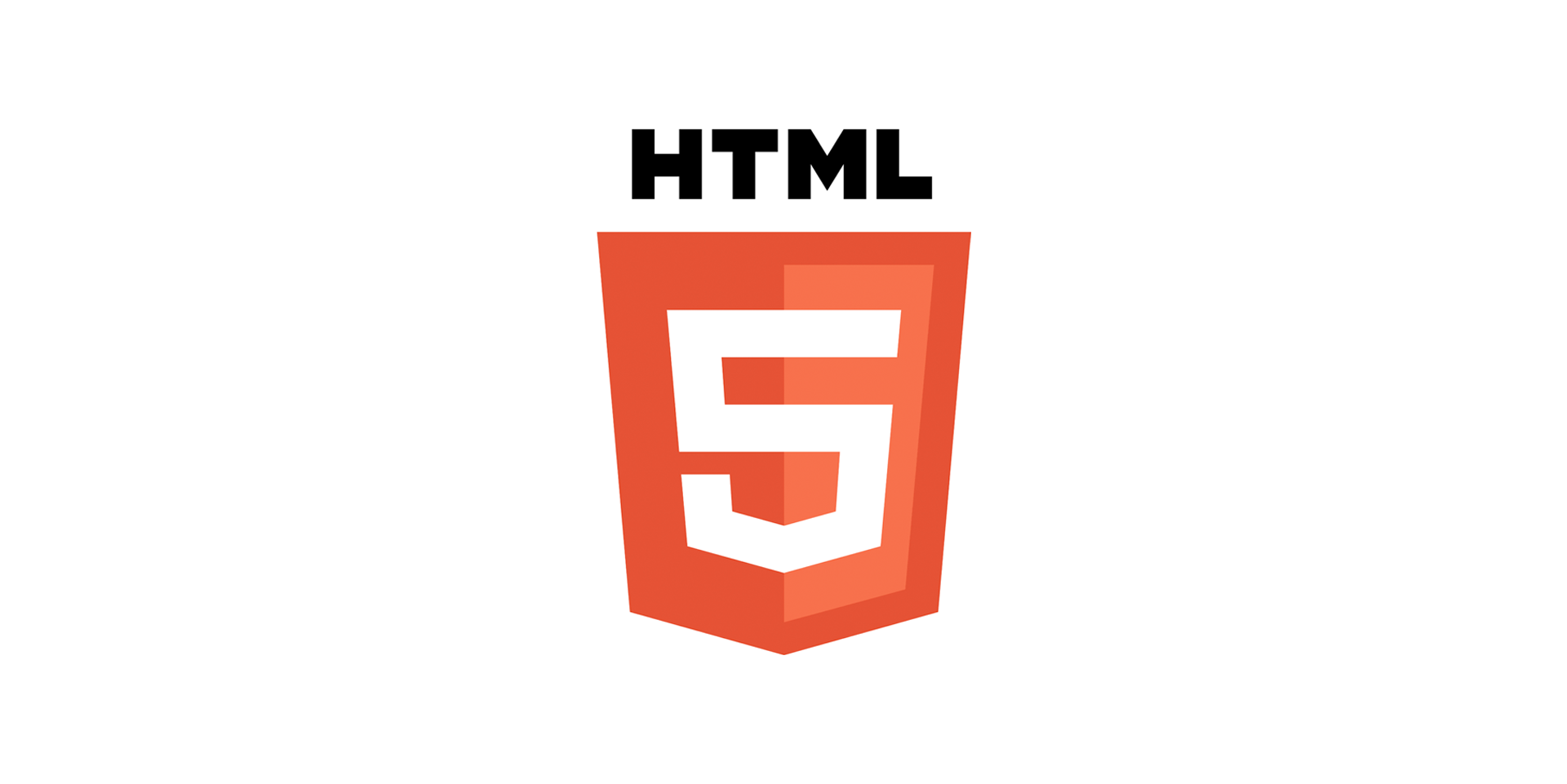Browser Object Mode이란 브라우저를 객체를 통해 제어하는 방법이다.
이중 객체란 윈도우(전역 객체)에 포함된 프로퍼티와 메서드들을 말한다.
1. alert
<!DOCTYPE html>
<html>
<body>
<input type="button" value="alert" onclick="alert('hello world');" />
</body>
</html>- 알럿은 브라우저에 경고창을 띄우는 용도로 사용된다.
- 알럿 코드가 사용중일 때에는 이후 코드는 실행되지 않는다. 확인을 누를때까지 멈춰있는다.
2. confirm
<!DOCTYPE html>
<html>
<body>
<input type="button" value="confirm" onclick="func_confirm()" />
<script>
function func_confirm(){
if(confirm('ok?')){
alert('ok');
} else {
alert('cancel');
}
}
</script>
</body>
</html>- 확인, 취소 버튼이 있는 알럿창과 비슷한 창을 띄울 수 있다.
- 확인을 누를경우 불린의 true값을 반환하고 취소를 누를 경우 false값을 반환한다.
3. prompt
<!DOCTYPE html>
<html>
<body>
<input type="button" value="prompt" onclick="func_prompt()" />
<script>
function func_prompt(){
if(prompt('id?') === 'egoing'){
alert('welcome');
} else {
alert('fail');
}
}
</script>
</body>
</html>- 사용자로부터 입력값을 받을 수 있는 창을 생성할 수 있다.
- 반환값은 사용자가 입력한 값이 된다.
4. location
1) location 객체
: 현재 위치의 주소를 찾아낼 수 있는 방법이다.
location.toString()
location.href- 두가지 모두 현재 URL을 반환한다.
console.log(location)
arlert(location)- 콘솔 로그로 로케이션을 찍어보면 로케이션 객체에 대한 내용을 확인할 수 있다.
- location도 브라우저를 컨트롤 할 수 있는 하나의 객체란 것을 알 수 있다.
- 그러나 알럿창으로 로케이션을 찍어보면 URL을 반환한다.
- 알럿창은 브라켓 내부를 문자열로 인식해야하기 때문에 문자화 된 내용을 반환했기 때문이다.
2) location 프로퍼티
: 현재 문서의 다양한 정보를 알아낼 수 있는 프로퍼티를 사용할 수 있다.
console.log(location.protocol) // output: http//- 로케이션의 프로토콜 프로퍼티를 사용하면 현재 url의 프로퍼티가 어떤것이 사용되고 있는지 알려준다.
- protocol, host, port, pathname(/이후), serch(?), hash(#)
3) url 다루기
location.href = 'url'; // url값으로 이동시켜준다.
location = 'url'; // 위와 동일
locarion.reload // 리로드 시킨다.5. Navigator 객체
console.dir(navigator);- 위와 같은 명령을 통해 현재 페이지의 모든 프로퍼티를 열람할 수 있다.
- appName : 브라우저 이름(크롬, 익스플로러, 파이어폭스 등)
- appVersion : 브라우저의 버전
- userAgent : 브라우저가 서버쪽으로 알려주는 유저 정보(앱버전과 같을수도 있음)
- platform : 어디서 동작하고 있는지
6. Window 제어
- window.open('주소') : 새창을 만든다
- window.open('주소', '_self') : 지금 창에 띄운다.
- window.open('주소', '_blank') : 새창
- window.open('주소', '창이름') : 창이름이 붙은 창에가서 연다
- window.open('주소', 'width=200, height=200, resizable=yes') : 창의 속성 입력
7. 크로스 브라우징 이슈에서 벗어나기
: 브라우저에 내장되어 있는 키를 사용하고, 없다면 기능테스트를 통해 해결한다.
if (!Object.keys) {
Object.keys = (function () {
'use strict';
var hasOwnProperty = Object.prototype.hasOwnProperty,
hasDontEnumBug = !({toString: null}).propertyIsEnumerable('toString'),
dontEnums = [
'toString',
'toLocaleString',
'valueOf',
'hasOwnProperty',
'isPrototypeOf',
'propertyIsEnumerable',
'constructor'
],
dontEnumsLength = dontEnums.length;
return function (obj) {
if (typeof obj !== 'object' && (typeof obj !== 'function' || obj === null)) {
throw new TypeError('Object.keys called on non-object');
}
var result = [], prop, i;
for (prop in obj) {
if (hasOwnProperty.call(obj, prop)) {
result.push(prop);
}
}
if (hasDontEnumBug) {
for (i = 0; i < dontEnumsLength; i++) {
if (hasOwnProperty.call(obj, dontEnums[i])) {
result.push(dontEnums[i]);
}
}
}
return result;
};
}());
}
.jpg)